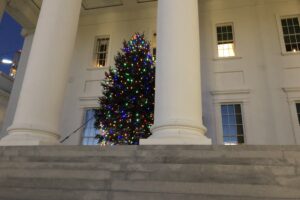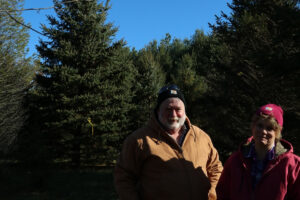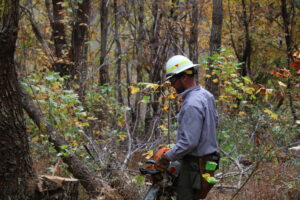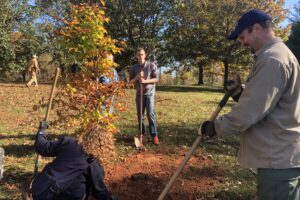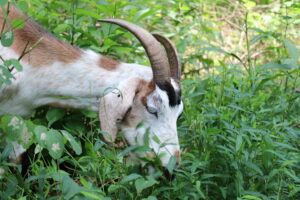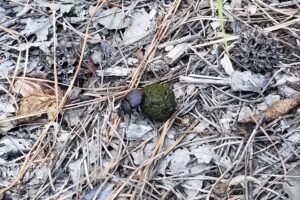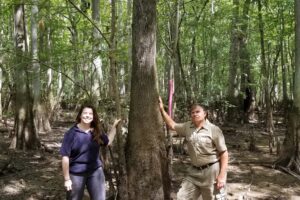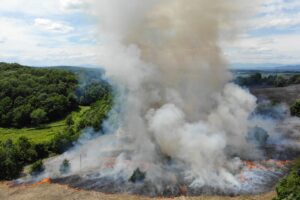Virginia’s Capitol Tree Lighting, 2019
December 6, 2019 - On the evening of December 5, State Forester Rob Farrell and Raina DeFonza (public information specialist) attended the Capitol Tree Lighting Ceremony in Richmond, Virginia with Helen Braunworth, Cindy Crickenberger and Wayne Crickenberger – donors of the Capitol tree. (Read for more details about the selection and harvest of this year’s Capitol tree.) The weather was clear and cool for the evening event, and students from the orchestra at the... Read More

